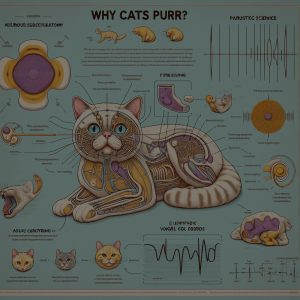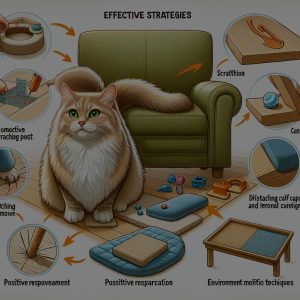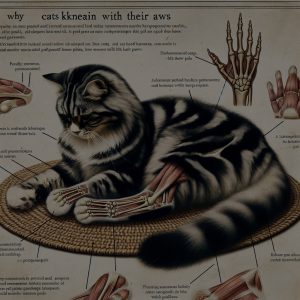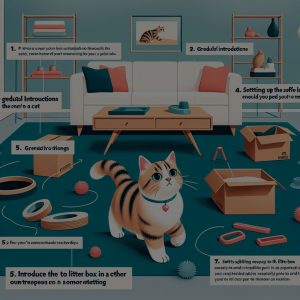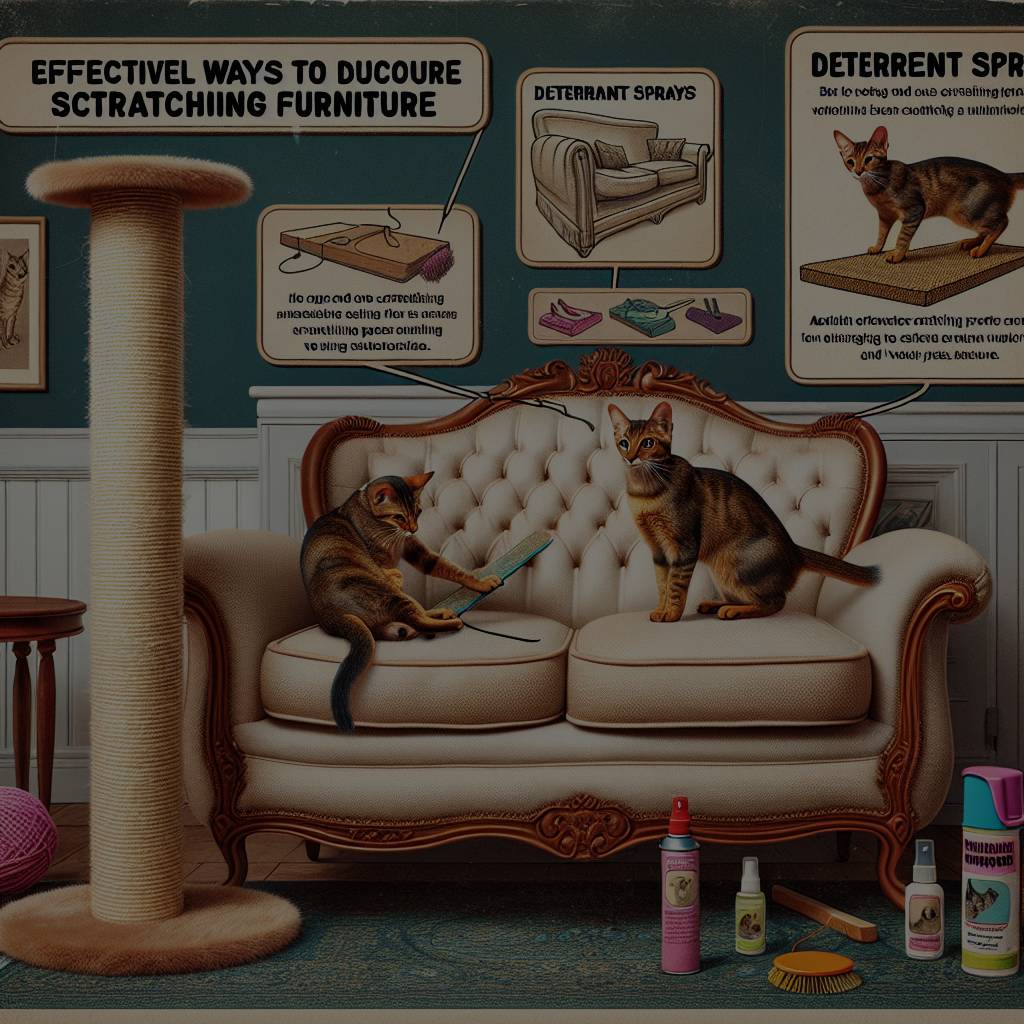
One of the common challenges faced by cat owners is dealing with their pets scratching furniture. Cats have a natural instinct to scratch, which can lead to damage to sofas, chairs, and other household items. However, with the right understanding of their behavior and proper training techniques, it is possible to prevent furniture damage caused by cat scratching. In this article, we will explore effective ways to stop cat scratching and provide alternatives for your feline friend to satisfy their scratching needs.
Understanding the Behavior of Cats
To effectively prevent furniture damage caused by cat scratching, it is essential to understand why cats have this behavior. Scratching is a natural instinct for cats that helps them maintain healthy claws, stretch their muscles, and mark their territory. Cats have scent glands in their paws, and scratching helps them leave their scent on objects. Additionally, scratching can serve as a way for cats to relieve stress and anxiety. By recognizing these reasons behind cat scratching, owners can better address their pets’ needs and provide appropriate outlets for this behavior.
Providing Alternatives for Scratching
One of the most effective ways to prevent furniture damage from cat scratching is to provide alternative scratching surfaces for your feline friend. Investing in scratching posts, pads, or trees can help redirect your cat’s scratching behavior away from your furniture. It is important to choose scratching surfaces that appeal to your cat’s preferences, such as sisal, carpet, or cardboard. Additionally, placing these scratching surfaces near the areas where your cat likes to scratch can encourage them to use them instead of your furniture. Regularly trimming your cat’s claws can also help reduce the damage caused by scratching.
Implementing Deterrents and Training Techniques
In addition to providing alternative scratching surfaces, implementing deterrents and training techniques can help prevent furniture damage caused by cat scratching. Using double-sided tape, aluminum foil, or commercial deterrent sprays on furniture can discourage your cat from scratching those surfaces. Providing positive reinforcement, such as treats or praise, when your cat uses their scratching posts can also help reinforce this behavior. Consistency is key when training your cat to use appropriate scratching surfaces. If your cat continues to scratch furniture despite these efforts, consulting with a veterinarian or animal behaviorist may be necessary to address any underlying issues contributing to this behavior.
By understanding the behavior of cats, providing alternatives for scratching, and implementing deterrents and training techniques, cat owners can effectively prevent furniture damage caused by cat scratching. With patience and consistency, it is possible to redirect your cat’s scratching behavior towards appropriate surfaces and protect your furniture from unnecessary damage. Remember, it is important to address your cat’s scratching needs in a positive and constructive manner to ensure a harmonious relationship between you and your feline companion.
Sure, here’s a new SEO-friendly paragraph with embedded links to relevant Wikipedia articles: — Speaking of scratching behaviors, you might be interested in learning more about the fascinating **[instincts of domestic cats](https://en.wikipedia.org/wiki/Cat_behavior)** and how they influence their actions. Understanding these instincts can help you create a more harmonious environment for your pet. Additionally, exploring various **[scratching posts](https://en.wikipedia.org/wiki/Cat_furniture)** and their benefits can provide you with ideas on how to effectively redirect your cat’s natural behaviors. If you’re curious about the broader topic of pet care and behavior management, the **[role of animal behaviorists](https://en.wikipedia.org/wiki/Animal_training)** can offer valuable insights into how professionals address and modify animal behaviors. By diving into these topics, you can gain a deeper understanding of your furry friend and enhance your ability to meet their needs in a positive way. —

